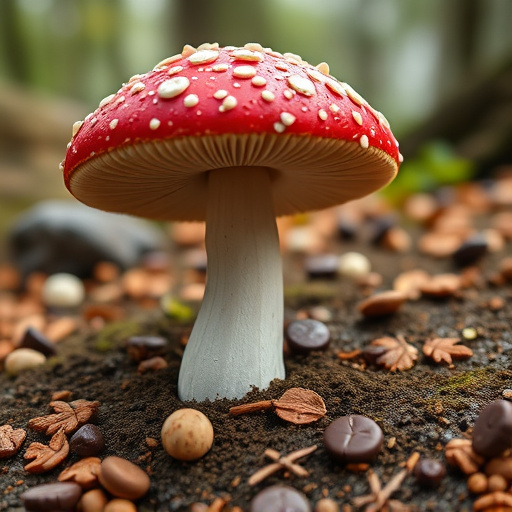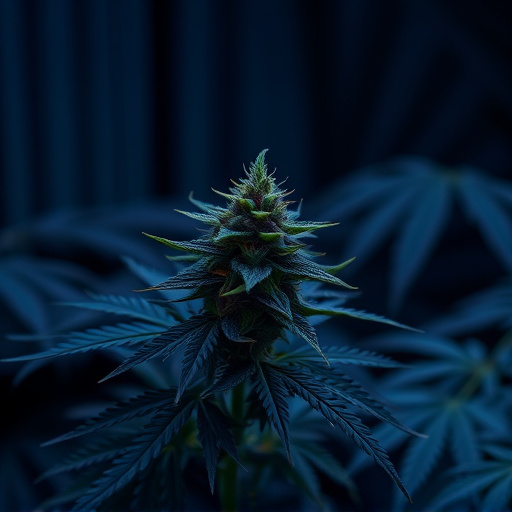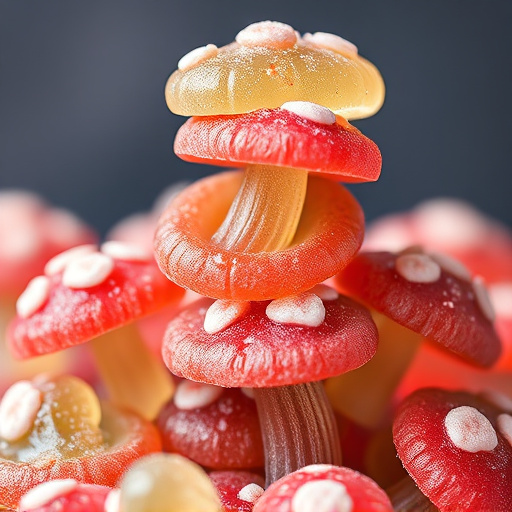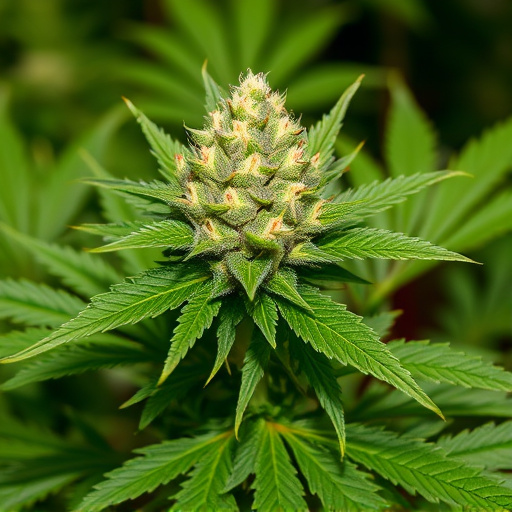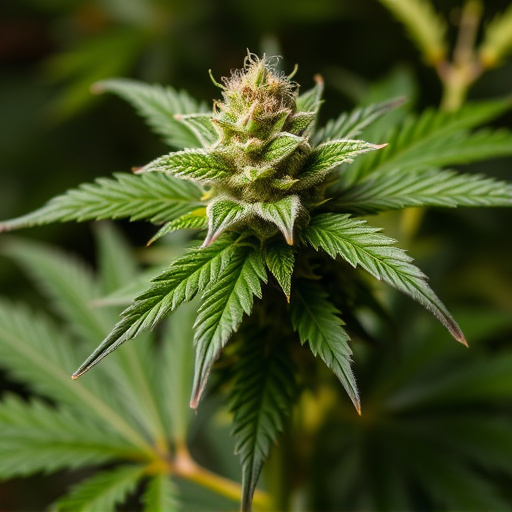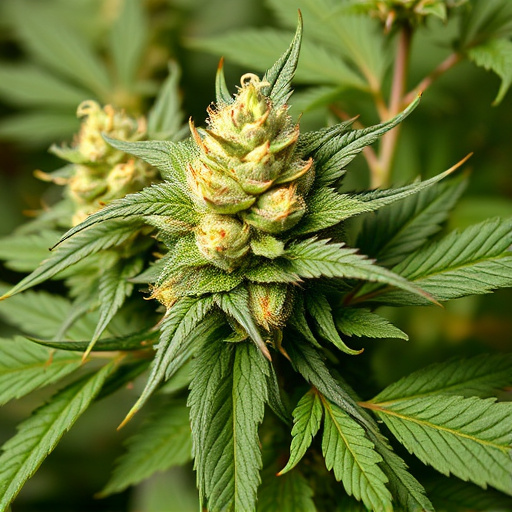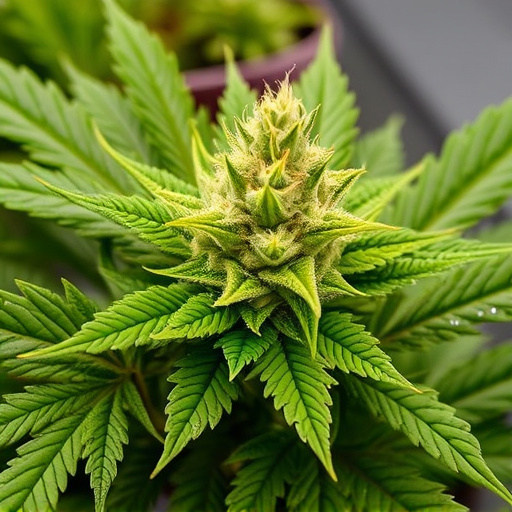Sour cannabis strains, rich in THC, stimulate appetite by interacting with the body's endocannabinoid system. Terpenes like myrcene and linalool, present in these strains, further enhance hunger by mimicking hunger-stimulating hormones. Research highlights THC's effect on dopamine and serotonin neurotransmitters, leading to increased appetite—a beneficial side effect for medical users facing conditions causing weight loss or anorexia. These "sour strains" offer therapeutic potential, attracting scientific interest due to their unique combination of cannabinoids and terpenes.
Discover why cannabis flower elicits a potent craving for food. This article explores the science behind the well-known ‘munchies’ effect, delving into the complex interplay of terpenes and cannabinoids that stimulate appetite. We dissect the unique properties of sour cannabis strains, known for their distinct flavors and potential to enhance hunger. Uncover how these compounds interact with your body’s endocannabinoid system, leading to a memorable culinary experience.
- Understanding the Hunger-Inducing Effects of Cannabis
- The Role of Terpenes and Cannabinoids in Appetite Stimulation
- Exploring Sour Cannabis Strains and Their Unique Properties
Understanding the Hunger-Inducing Effects of Cannabis
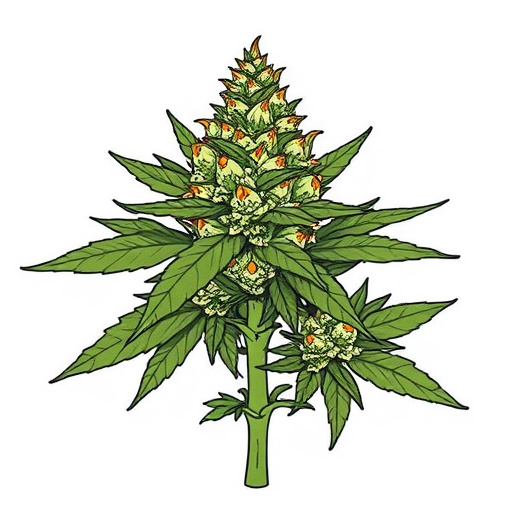
Cannabis has long been known for its ability to stimulate appetite, a phenomenon often referred to as “munchies.” Understanding why this happens involves delving into the complex interaction between cannabis and our bodies’ endocannabinoid system (ECS). The ECS plays a pivotal role in regulating various physiological processes, including hunger. When we consume cannabis, especially those with high THC (tetrahydrocannabinol) content—known as sour cannabis strains—it binds to receptors in the brain that trigger feelings of hunger.
This effect is not merely anecdotal; scientific research has shown that THC can increase appetite by influencing neurotransmitters like dopamine and serotonin. The specific interaction between THC and CB1 receptors, primarily located in areas of the brain associated with reward, motivation, and eating, contributes to these hunger-inducing effects. As a result, many medical cannabis users report increased appetite as a beneficial side effect, particularly for those managing conditions that cause weight loss or anorexia.
The Role of Terpenes and Cannabinoids in Appetite Stimulation
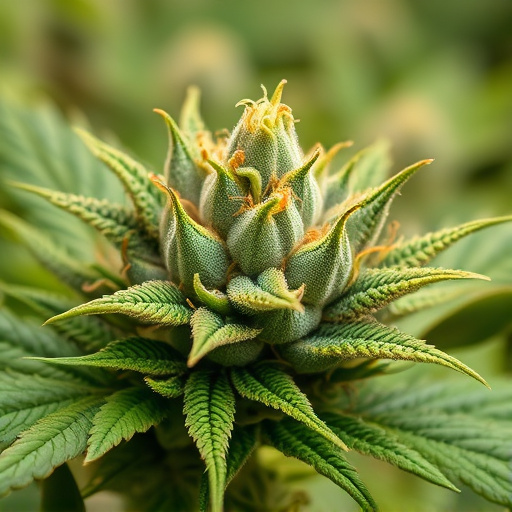
Cannabis flower’s impact on hunger is a complex interplay between various chemical compounds, including terpenes and cannabinoids. Terpenes, aromatic compounds responsible for the distinct smells of different cannabis strains, have been linked to appetite stimulation. Some terpenes, such as myrcene and linalool, are known to mimic certain hormones that regulate hunger, leading to increased food intake. For instance, myrcene, often found in sour cannabis strains, has demonstrated the ability to activate receptors involved in appetite control, potentially triggering a desire to eat.
Cannabinoids, like tetrahydrocannabinol (THC) and cannabidiol (CBD), also play a significant role. THC, known for its psychoactive effects, can stimulate the release of neurotransmitters that signal hunger. This effect is thought to be related to THC’s interaction with the endocannabinoid system, which regulates various physiological processes, including appetite. On the other hand, CBD, non-intoxicating cannabinoid, has been studied for its potential in managing eating disorders by modulating appetite and food motivation. Thus, both terpenes and cannabinoids contribute to cannabis’ effect on enhancing hunger, offering insights into why certain sour strains are particularly associated with this sensation.
Exploring Sour Cannabis Strains and Their Unique Properties
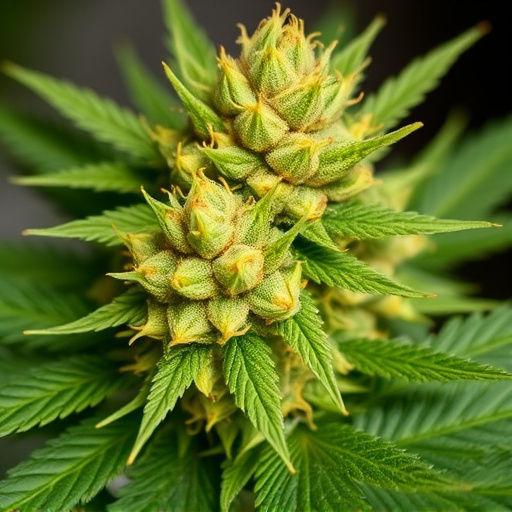
Cannabis enthusiasts often speak of a particular type, known for its distinct tangy and acidic aroma and taste—the sour cannabis strains. These varieties, prized by many, offer more than just a unique sensory experience; they also contribute to the overall effect of the plant. The reason behind this is THC (Tetrahydrocannabinol), the primary psychoactive compound in cannabis, which is known to stimulate appetite.
Sour strains, with their higher THC content, can intensify this effect, making users more likely to experience increased hunger. This phenomenon has been a subject of interest for researchers studying the therapeutic potential of cannabis, particularly for individuals dealing with conditions that cause appetite loss. The unique properties of sour cannabis strains provide an intriguing avenue for exploration in understanding and harnessing the plant’s effects on human physiology.
Cannabis’ ability to stimulate appetite is well-documented, with terpenes and cannabinoids playing a significant role in this effect. Understanding these chemical compounds and their interactions offers insight into why consumers often experience increased hunger after using cannabis. Additionally, exploring specific characteristics of sour cannabis strains provides an opportunity to uncover unique properties that may enhance or modify this appetite-stimulating effect, catering to diverse consumer preferences.


